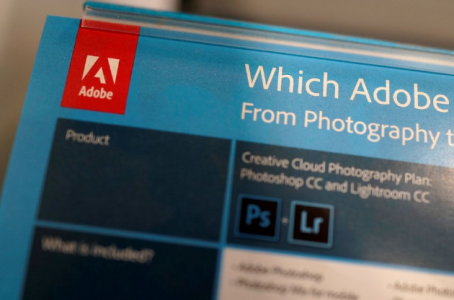your current location is:Home > TechnologyHomeTechnology
Solar Orbiter encounters severe solar storm before flyby of Venus

At present, the European Space Agency's Solar Orbiter is reportedly encountering a severe solar storm ahead of a crucial flyby of Venus, making head-on contact with a massive amount of plasma erupting from the sun.
A colossal "coronal mass ejection (CME)," an eruption of charged particles from the sun's upper atmosphere, spews coronal material from the sun toward Venus. The coronal mass ejection reached the Solar Orbiter on August 30, when it was preparing for the latest mission. Prepare to fly over the orbit of Venus.
Fortunately, the probe is designed to measure such violent outbursts, so it can easily withstand a solar attack. It is reported that Solar Orbiter carries 10 scientific instruments to observe the surface of the sun and collect data on coronal mass ejections, solar wind and solar magnetic field. The European Space Agency issued a statement saying that when Solar Orbiter approached Venus at close range, some of the carried Science instruments have been shut down due to the potential threat of sunlight highly reflected by Venus' atmosphere.
Venus is the second closest planet to the sun. The 8 planets in the solar system are in order from near to farthest from the sun: Mercury, Venus, Earth, Mars, Jupiter, Saturn, Uranus, and Neptune. The orbital period of Venus is 224.7 days. It has no naturally formed satellites. It is the second brightest celestial body in the night sky after the moon. Venus is a terrestrial planet with a dense atmosphere. The composition is 96% carbon dioxide, but Venus The surface atmospheric pressure is very high, 92 times that of Earth, and the average surface temperature reaches 462 degrees Celsius, making it the hottest planet in the solar system, hotter than the closest planet to the sun, Mercury.
Despite the potential risks of a coronal ejection, Solar Orbiter was able to take advantage of this invaluable opportunity to collect valuable environmental measurements, detect a gain in high-energy solar particles, and in addition, intense solar activity can cause protons, electrons, and even Particles such as ionized helium atoms are ejected from the sun's surface and accelerated to near-relativistic velocities. Solar particles pose a radiation risk to astronauts and can damage spacecraft, so understanding how solar particles move and behave in space is valuable for protecting life and scientific instruments on Earth and in space.
After the Solar Orbiter made direct contact with the coronal mass ejection, it successfully approached the orbit of Venus at 9:26 Beijing time on September 4. The probe's operations manager, Jose-Luis Perron-Billon, said the close flyby went exactly as planned, thanks to extensive planning studies by our colleagues in the flight dynamics department and the efforts of the flight control team.
The main purpose of this close approach is to allow Solar Orbiter to change its orbit and bring it closer to the sun, however, during the flyby, the probe also surveyed Venus' mysterious magnetic field.
Launched in 2020, Solar Orbiter's ten-year mission focuses on photographing the Sun up close and studying the properties of the Sun's magnetic field. The probe uses Venus' gravity to alter and tilt its orbit away from the ecliptic plane, which is the The planes are the orbits of the planets. The ultimate goal of these missions to Venus is to enable Solar Orbiter to observe the unexplored polar regions of the sun, which are inseparable from the sun's 11-year activity cycle, where sunspot production and flare eruptions will directly affect the space climate around Earth.
related articles
Article Comments (0)
- This article has not received comments yet, hurry up and grab the first frame~













